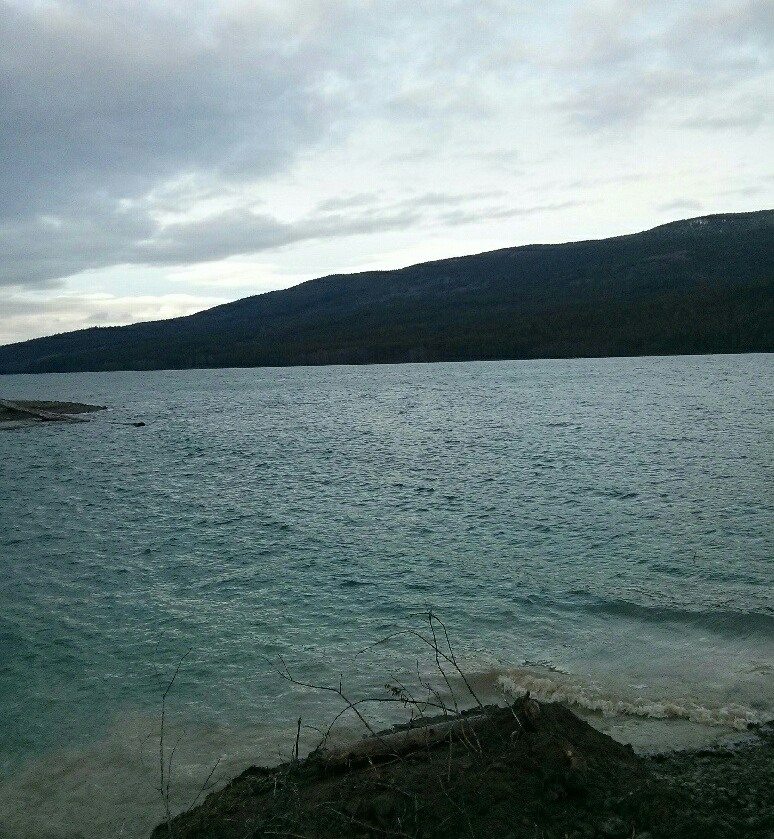According to a release from the UNBC, aquatic life in the Quesnel River and lake are being affected due to sediments flowing across the watershed.
Every winter, copper sediments from the bottom of Quesnel Lake rise to the top due to turnovers from temperature change. This allows for it to flow into the river, and exceed federal guidelines for the protection of aquatic life.
“Because of the fact that there are lots of metals and contaminants on that material (sediment), there’s likely to be medium to long term affect on the ecosystem.” says Dr. Phil Owens, Environmental Science Professor in the Department of Geography, Earth and Environmental Sciences.
“One of those for example is that copper is being taken up by the lower levels in the food web.”
Owens added that the lower levels in the food web would include biofilm, plankton, and invertebrates. These provide food for resident fish which also contain fine sediment.
“Quesnel Lake, often on a peak year, can have up to 800,000 to 1,000,000 fish passing through, so we would expect that both the migratory fish and resident fish, they may take up some of that copper by eating the lower levels of the food web.”
As for how this all occurred, there was mine tailings from Mount Polley that entered the Quesnel that was breached back in 2014.
In terms of clean up, Owens said that while its expensive, its not impossible but may do more harm to the environment.
For more information on the research, you can find the release on UNBC’s website here.
Something going on in the Cariboo you think people should know about?
Send us a news tip by emailing [email protected].








